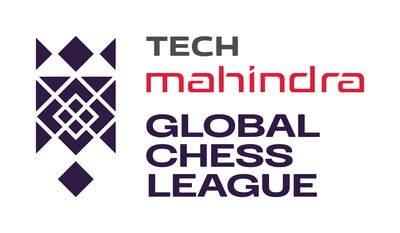Researchers from the University of Pennsylvania have made a groundbreaking discovery regarding the potential of hydralazine, a medication traditionally used to treat high blood pressure, in the fight against cancer. This unexpected finding reveals that hydralazine could effectively target a crucial enzyme involved in tumor growth, offering new hope for treating aggressive forms of cancer, particularly glioblastoma.
Hydralazine has been in use since the 1950s for managing hypertension, but its newly identified mechanism could mark a significant shift in cancer treatment. The drug targets a specific enzyme known as 2-aminoethanethiol dioxygenase (ADO), which plays a critical role in how cells respond to low oxygen levels. By binding to ADO, hydralazine effectively silences the enzyme, disrupting the cellular oxygen sensing mechanism that fast-growing tumors rely on for survival.
The research team utilized advanced techniques such as X-ray crystallography to explore how hydralazine interacts with ADO. Their investigations revealed that this binding action impedes the enzyme’s function, which in turn forces cancer cells to stop dividing. In laboratory experiments with human glioblastoma cells, those treated with hydralazine showed a significant transformation within three days, entering a state known as senescence—essentially a permanent ‘sleep mode’ where the cells cease to multiply.
While the drug does not kill cancer cells outright, its ability to suppress their growth represents a notable advancement in managing aggressive cancers. The established safety profile of hydralazine, which is already approved by the FDA, could facilitate a quicker transition to clinical applications in oncology compared to the lengthy processes associated with developing new drugs.
Despite these promising results, the current findings are limited to in vitro studies, meaning that further research is necessary to assess the safety and efficacy of hydralazine in living organisms. The potential implications of this research are substantial, given the challenges associated with treating glioblastoma and other similar cancers known for their treatment resistance and high recurrence rates.
The researchers remain optimistic about the future of hydralazine as a cancer treatment, citing its widespread availability and established use in other medical contexts. Their ongoing studies aim to deepen the understanding of hydralazine’s mechanisms at the molecular level, paving the way for safer and more targeted therapies in cancer care.
This discovery highlights the importance of exploring existing medications for new therapeutic applications, particularly in areas where there are significant unmet medical needs. As research progresses, evaluations of hydralazine’s efficacy and potential benefits in cancer treatment will continue to be a focus, potentially leading to new strategies for combating aggressive tumors.








































































